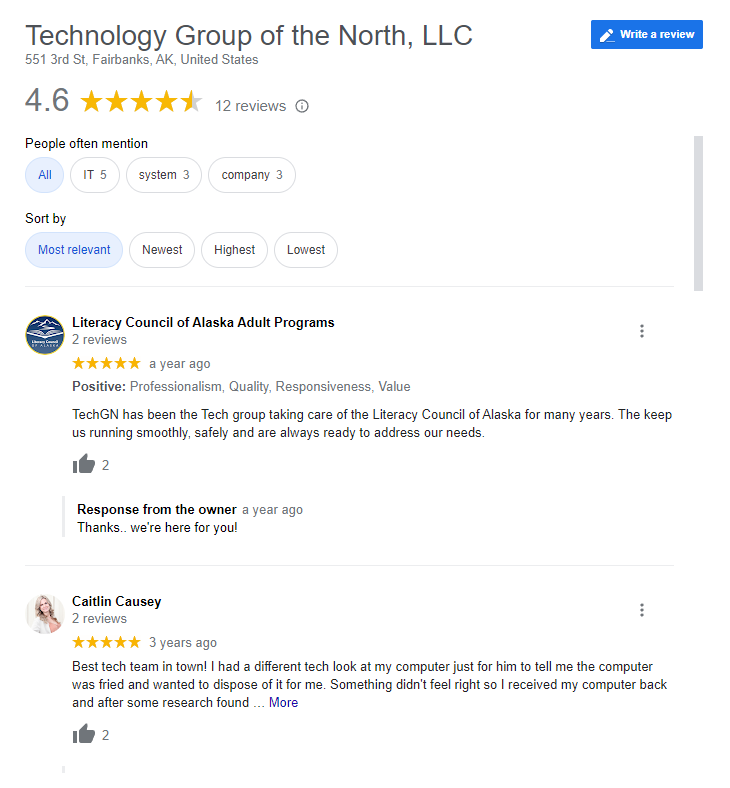In a world where speed, cost, and connectivity matter more than ever, our methods of communication have undergone drastic evolution. Traditional phone systems are being gradually replaced by something faster, more innovative, and more cost-effective—Voice Over Internet Protocol, or VoIP.
At TechGN, we’re passionate about helping you stay ahead in the tech space. In this guide, we break down what VoIP is, how it works, and why it matters, whether you’re a tech-savvy business owner or just looking to upgrade your home communication system.
What Is Voice Over IP (VoIP)?
Voice over IP (VoIP) is a technology that enables you to make voice calls using a broadband internet connection instead of a traditional (or analog) phone line. VoIP turns your voice into digital data packets and sends them over the internet.
In simple terms, VoIP allows you to make phone calls over the internet.
This includes calls from:
- Computer-to-computer (e.g., Zoom, Skype)
- Smartphone apps (e.g., WhatsApp, Viber)
- Desk phones connected via the internet
- Any VoIP-supported communication system
How Does VoIP Work?
When you speak into a VoIP-enabled device:
- Your voice is converted into digital signals.
- These signals are compressed into data packets.
- The packets travel over the Internet.
- On the receiving end, the packets are converted back into sound.
It’s like emailing your voice in real-time.
Behind the scenes, VoIP uses protocols like:
- SIP (Session Initiation Protocol) – for managing calls
- RTP (Real-Time Transport Protocol) – for delivering voice packets
- H.323 – an older but still used standard for multimedia
This whole process happens so fast, it feels like a regular phone call—just smarter.
VoIP vs Traditional Phone Lines
| Feature | VoIP | Traditional Phones |
|---|---|---|
| Technology | Uses internet | Uses copper wires (PSTN) |
| Cost | Often cheaper or free | Monthly line rental & call costs |
| Features | Advanced (video, voicemail-to-email, call forwarding) | Limited |
| Flexibility | Portable across devices | Tied to physical location |
| Setup | Requires internet & device | Requires telephone line |
How Businesses Use VoIP
VoIP has become the backbone of modern business communications. Here’s how companies use it:
1. Virtual Phone Systems
VoIP allows businesses to create virtual phone systems where calls can be routed:
- To different departments
- To remote teams
- To voicemail, email, or mobile numbers
Popular platforms: RingCentral, Zoom Phone, Nextiva, Grasshopper
2. Call Center Solutions
VoIP enables companies to:
- Run global support centers
- Record calls for training or compliance
- Automatically route calls based on region or priority
3. Remote Work Enablement
Since VoIP works over the internet, it supports:
- Work-from-home teams
- Mobile employees
- Digital nomads
Staff can answer business calls from anywhere using a softphone (VoIP app), laptop, or even a browser.
Features That Make VoIP Stand Out
VoIP isn’t just about talking—it’s about smarter communication. Here are some powerful features:
- Auto-attendant (virtual receptionist)
- Voicemail to email or text
- Call forwarding & transfer
- Video conferencing
- Call recording
- Custom greetings
- Number porting (keep your existing number)
Some services even offer AI-based call analytics, spam filtering, or integration with CRM systems.
Examples of VoIP Platforms
| Platform | Key Use |
|---|---|
| Skype | Personal & business calls |
| Zoom | Video calls & VoIP integration |
| Free internet calling | |
| Microsoft Teams | Business collaboration & VoIP |
| Google Voice | Personal VoIP with call routing |
| Vonage | Business VoIP with scalability |
| 8×8 | VoIP + Contact Center solutions |
Cost Benefits of Switching to VoIP
One of the primary reasons people switch to VoIP is the cost savings it offers.
VoIP helps you save by:
- Eliminating long-distance charges
- No need for separate phone lines
- Lower hardware investment
- No expensive maintenance or line rental
Even better: Many apps like WhatsApp and Messenger allow completely free calls, as long as you have Wi-Fi or mobile data.
Is VoIP Secure?
Security in VoIP is a big concern, especially for businesses.
Risks include:
- Call interception
- Phishing via voice (vishing)
- VoIP DDoS attacks
- Spam calls
To stay secure:
- Use end-to-end encryption (E2EE)
- Deploy firewalls and VPNs
- Keep software updated
- Choose VoIP providers with strong security policies
Platforms like Microsoft Teams and Zoom have introduced enhanced VoIP security features to meet the demands of enterprises.
How to Set Up VoIP at Home or Office
Getting started with VoIP is easier than you think.
Basic VoIP setup checklist:
- Stable internet connection (5 Mbps or more)
- VoIP provider (Zoom, RingCentral, Skype, etc.)
- Device – smartphone, laptop, VoIP phone, or headset
- An optional router with quality of service settings to prioritize voice traffic
For businesses:
- Consider a hosted PBX system
- Use Ethernet connections for stable calls
- Train staff on VoIP call handling and etiquette
Pros and Cons of VoIP
| Pros | Cons |
|---|---|
| Cost-effective | Requires internet |
| Feature-rich | Can have latency or jitter |
| Easy to scale | Needs power backup |
| Portable (mobile-friendly) | May lack 911 location accuracy |
Future of VoIP
The future of VoIP is bright, with trends like:
- 5 G-powered VoIP for clearer mobile calls
- AI-assisted voice bots for customer service
- Unified Communications as a Service (UCaaS)
- Voice integration with IoT devices
- VoIP in virtual and augmented reality (VR/AR)
As bandwidth grows and latency shrinks, VoIP will replace nearly all analog systems in the years ahead.
Voiceover IP (VoIP) is no longer just a trend—it’s a standard for communication. Whether you’re a student, remote worker, or business owner, switching to VoIP offers unmatched flexibility, cost savings, and advanced features.
At TechGN, we help you understand and adopt the technologies that shape the modern world. VoIP is a perfect example of innovative, scalable, and sustainable communication in the digital age.
Ready to upgrade your communication system?
Visit TechGN.com for more tech tutorials, tool comparisons, and expert guides to keep your home or business connected.
Reviews
Tailoring Solutions


